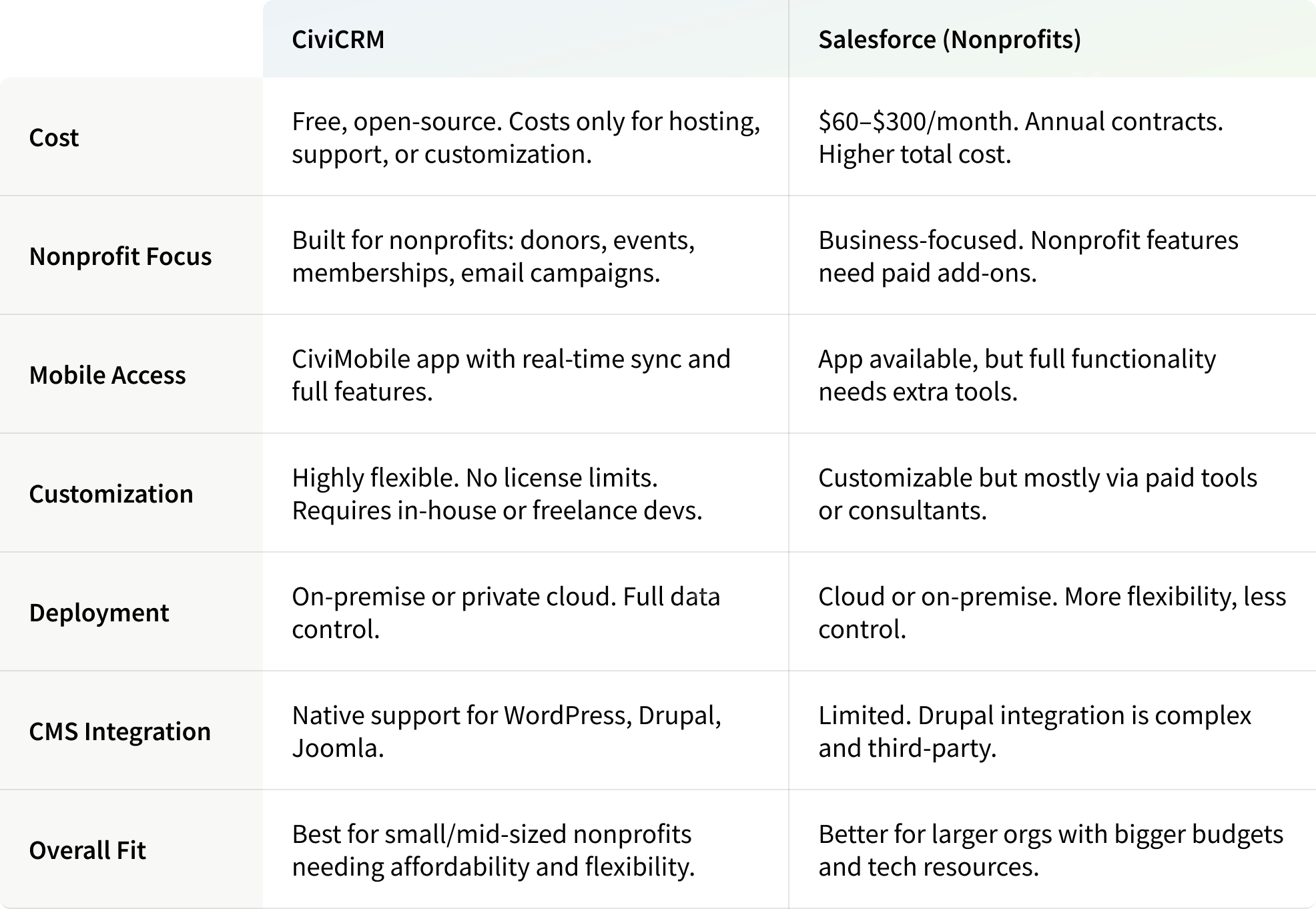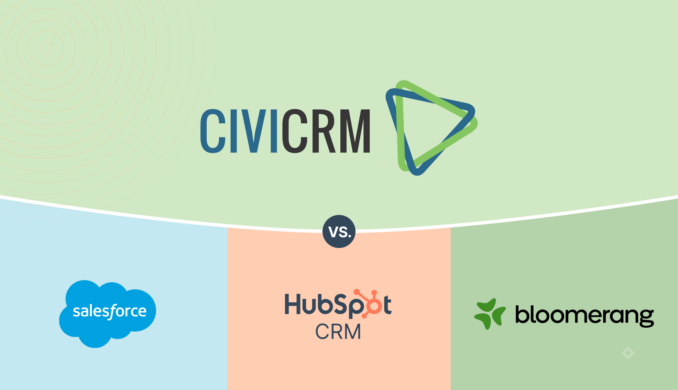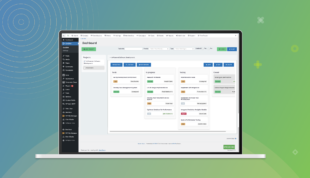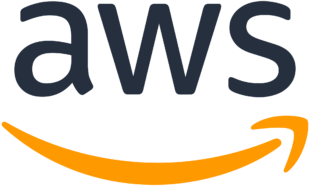Sooner or later, all nonprofit organizations face challenges in managing a vast amount of data associated with their activity. Cases, volunteers, contributors, and events that can help increase donations — all these data require precise structuring, single reliable storage, and easy access anytime it may be needed. CiviCRM, coupled with its CiviMobile app, can simplify the organizational routine of charity foundations, help them build robust communication channels, and promote fundraising campaigns more effectively.
In this post, we’ll compare popular CRM systems and define why CiviCRM may be a top choice for unique nonprofit needs.
CiviCRM vs. Salesforce

Salesforce is a widely used CRM for nonprofit goals, with valuable functions like donor management, marketing components, and fundraising. CiviCRM features common functionality focused on the specific needs of charity associations. Still, a more detailed comparison is required to highlight how these two systems differ.
Key Differences
-
Focus on nonprofits. CiviCRM is designed to address nonprofits’ needs, such as finding contributors, creating donation campaigns, launching charity events to attract sponsors to specific cases, etc. At the same time, Salesforce is oriented on a broader market and may lack functionality, although it has separate plans for a non-governmental organization’s (NGO) needs.
-
Customization. CiviCRM is open to any customization necessary to meet the specific needs of the managing organization. It requires a dedicated IT team and expert skills but is available for modernization. On the other hand, Salesforce CRM also has customizable options. However, users have to pay for additional features according to subscription plans for nonprofits.
-
Costs. CiviCRM is an open-source platform, which means everyone can use it without paying licensing fees and customize code according to the institution’s needs. In turn, Salesforce offers a free service for a small foundation (less than 10 users). But with the growth of NGO, you should pay to connect more users (minimum $60 per user monthly). Moreover, editions require an annual contract.
CiviCRM vs. HubSpot CRM

HubSpot CRM is another popular CRM that nonprofits can consider for their unique cases. It is simple to use, has a user-friendly interface, and allows connected customers to manage contacts and communications. But let’s look at key differences between HubSpot and CiviCRM in terms of NGO goals.
Key Differences
-
Feature set. HubSpot CRM isn’t targeted to nonprofits’ specific needs. It’s a more market-oriented platform that prioritizes business activities. The system doesn’t offer donations and email marketing but instead helps generate leads by creating communicational pipelines. On the other hand, CiviCRM provides a universal solution for nonprofits with fundraising, volunteer management, event planning, and bulk messaging functions.
- Customization. CiviCRM gives its administrators more freedom in creating custom systems. Within an open-source framework, they can adapt the platform to the unique needs of their foundation and connected customers. In comparison, HubSpot doesn’t provide the depth of customization. Nonprofits have to apply for third-party applications to tailor CRM to their requirements.
- Integrations. HubSpot is compatible with many business tools but may not support apps essential for a nonprofit foundation’s efficient activity. CiviCRM integrates with payment gateways, accounting software, and other vital applications through plugins and custom code.
CiviCRM vs. Bloomerang

Designed for small and mid-sized nonprofits, Bloomerang is a reliable contact management system used worldwide. It focuses primarily on retaining existing donors via e-mail campaigns and thank-you letters to contributors. It also allows for tracking donations and generating various reports. Although Bloomerang also offers a convenient app to manage operations and contacts on the go, still, the CiviMobile functionality covers more nonprofits’ needs. It is suitable for a broader range of organizations.
Key Differences
-
Donor management. Bloomerang prioritizes creating an efficient and simple environment to manage donor contacts and their contributions, engage customers, and keep retention high. CiviCRM offers a broader range of features, including those allowing it to host events. This makes CiviCRM a more diverse platform for nonprofits with uncommon needs.
-
Flexibility. CiviCRM is a more flexible solution as it allows administrators to add custom fields or workflows and create unique reports based on the goals of the organizations and their sphere of activity. That means customers can adapt and scale the system over time according to current demands, the number of connected users, objectives, etc.
-
Mobile access. Unlike CiviMobile, Bloomerang has limited syncing with the dedicated CRM, so nonprofits can benefit more from the CiviMobile app. Managers have seamless access to all the sections of CiviCRM from their smartphones and can accept new volunteers, find a required contact, and launch events on the go.
Why CiviCRM is the Best Choice for Nonprofits
CiviCRM stands out among numerous CRMs for its nonprofit-oriented features, cost-effectiveness, customization freedom, and seamless integration with CiviMobile. While other CRM platforms also have strong sides, they often require significant investment, lack control, or can’t offer the same flexibility level as CiviCRM.
CiviCRM provides everything that a nonprofit organization of any complexity needs to thrive and work efficiently. Its unique design, open code, and strong community support help customers meet new challenges in the niche while ensuring responsiveness and keeping retention high.

CiviCRM provides everything that a nonprofit organization of any complexity needs to thrive and work efficiently. Its unique design, open code, and strong community support help customers meet new challenges in the niche while ensuring responsiveness and keeping retention high.



